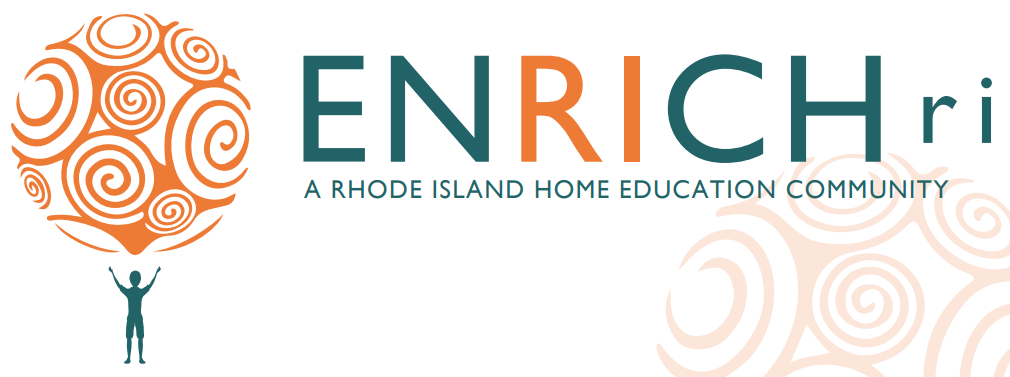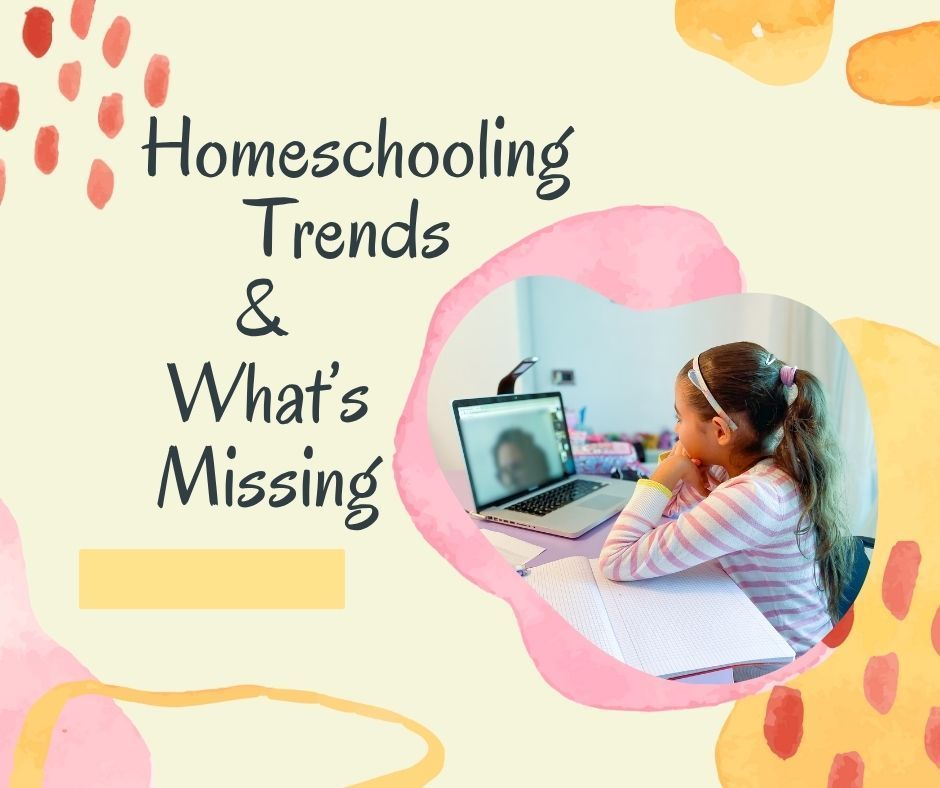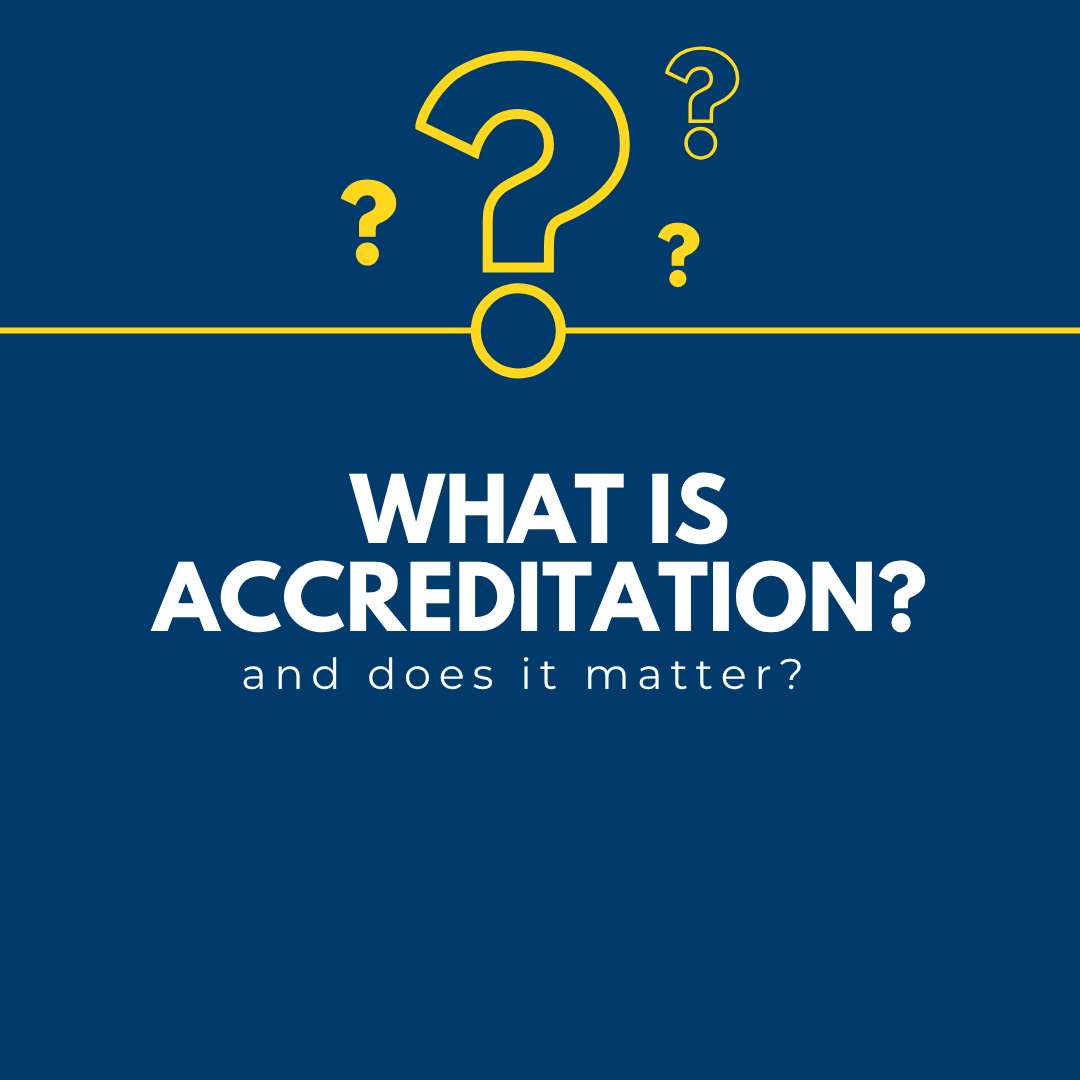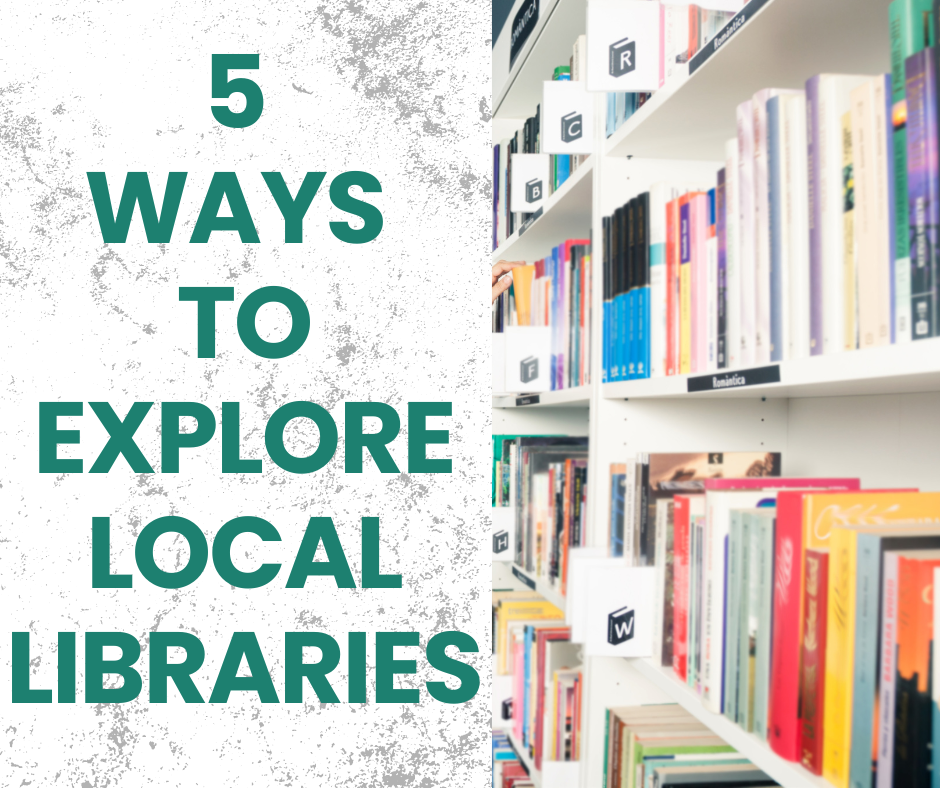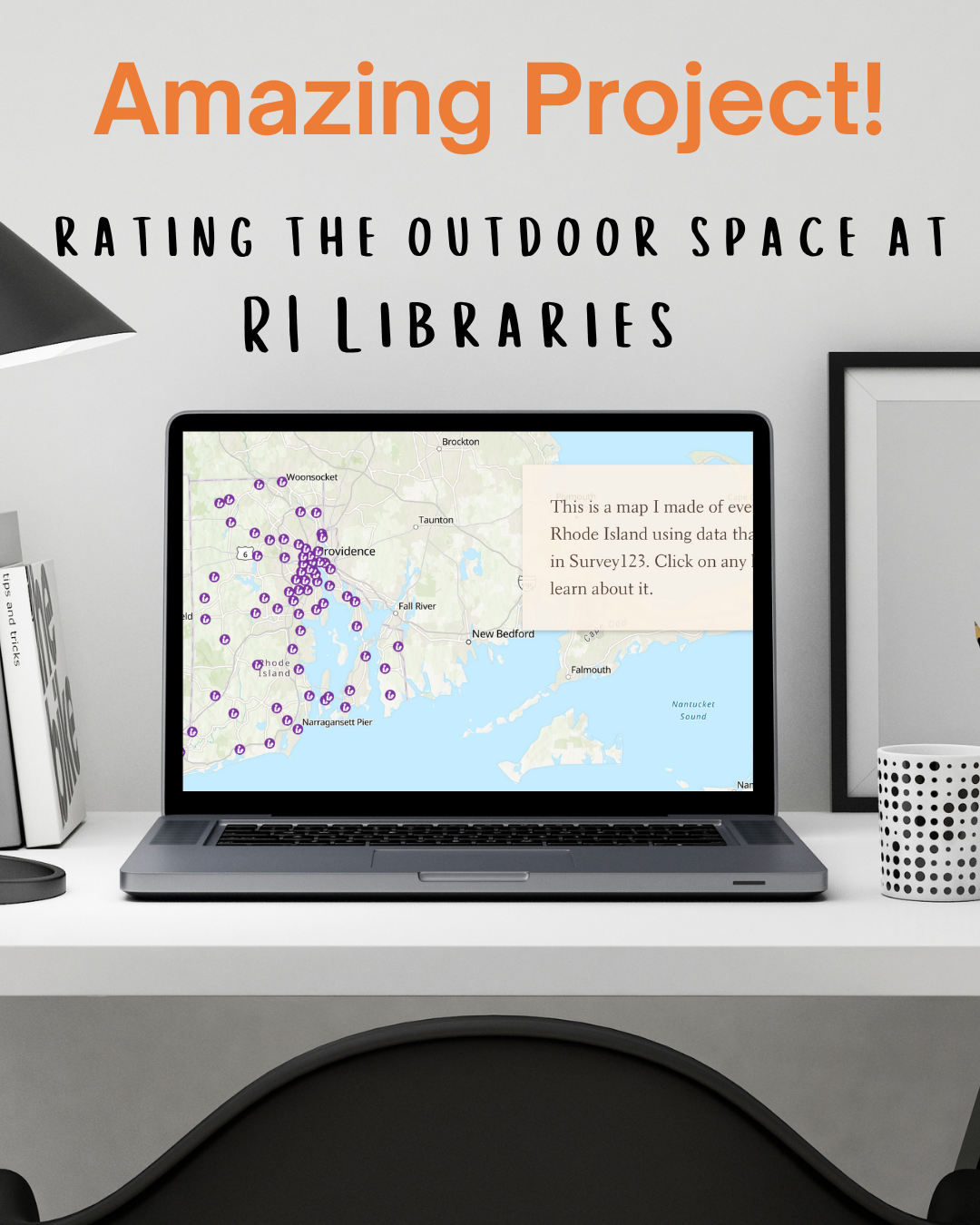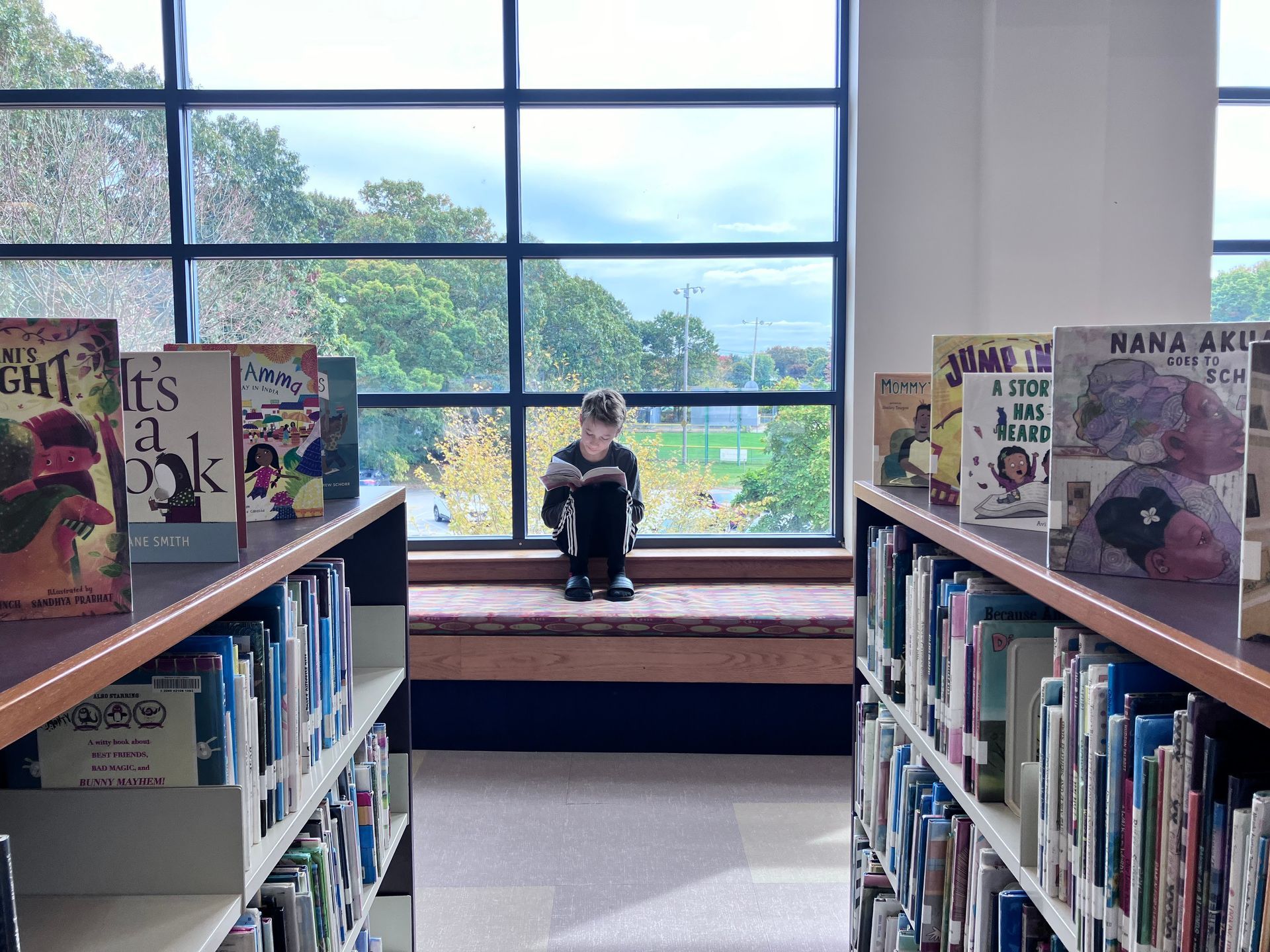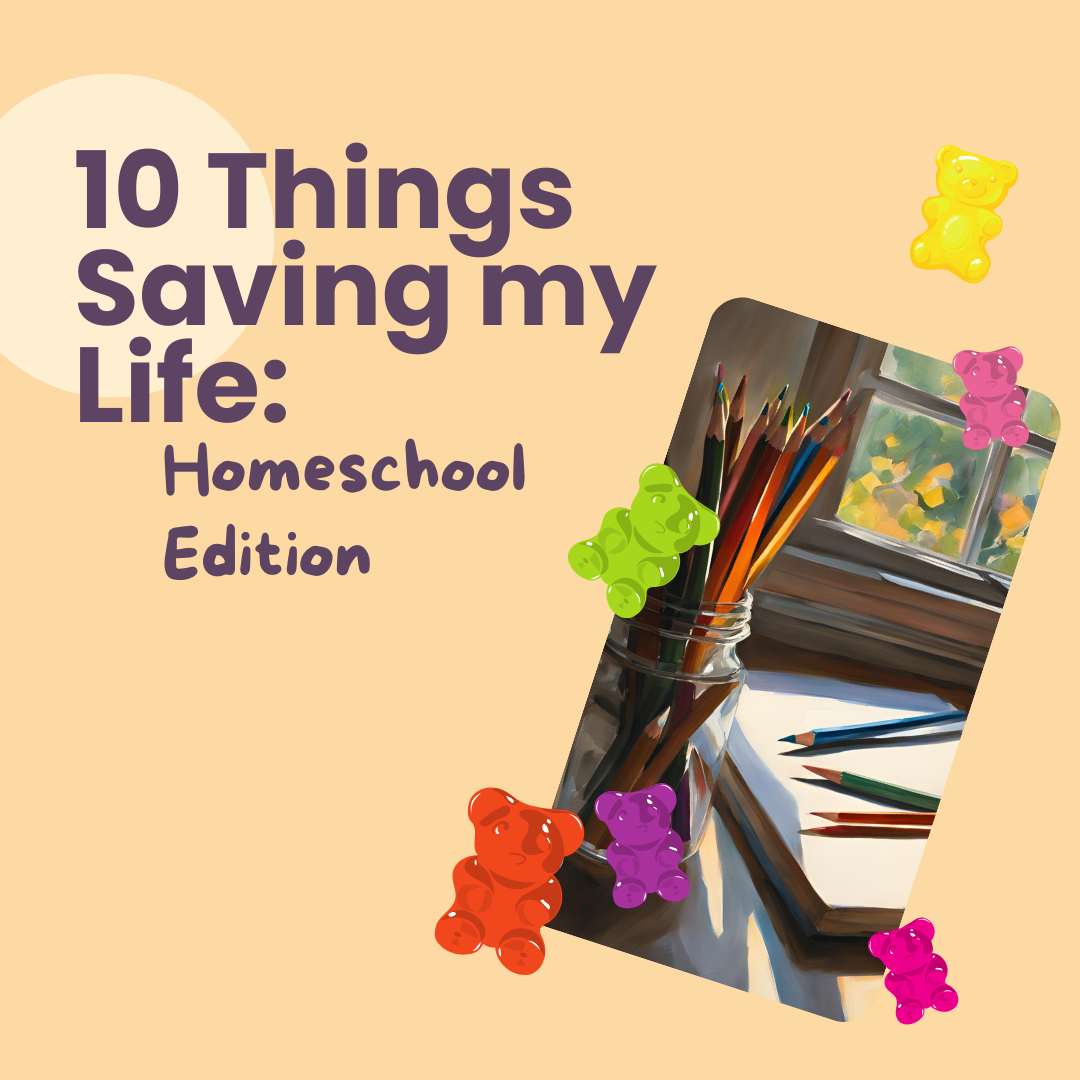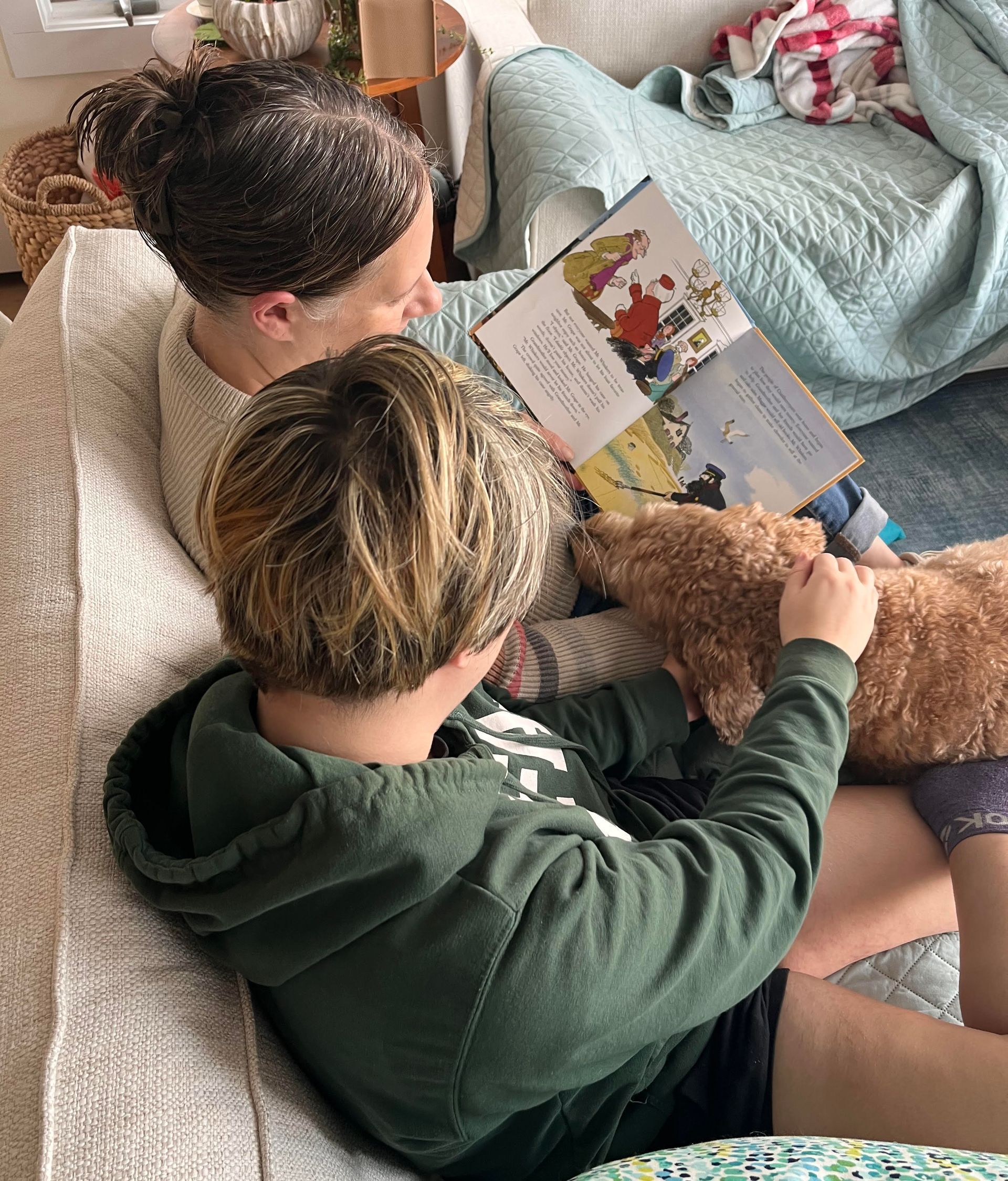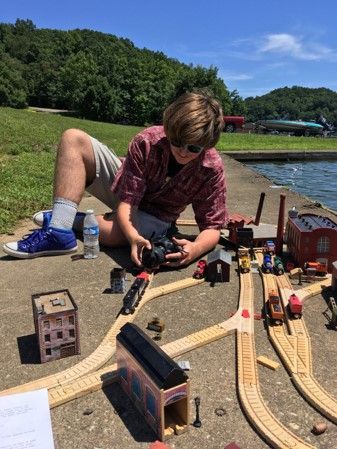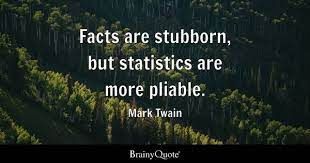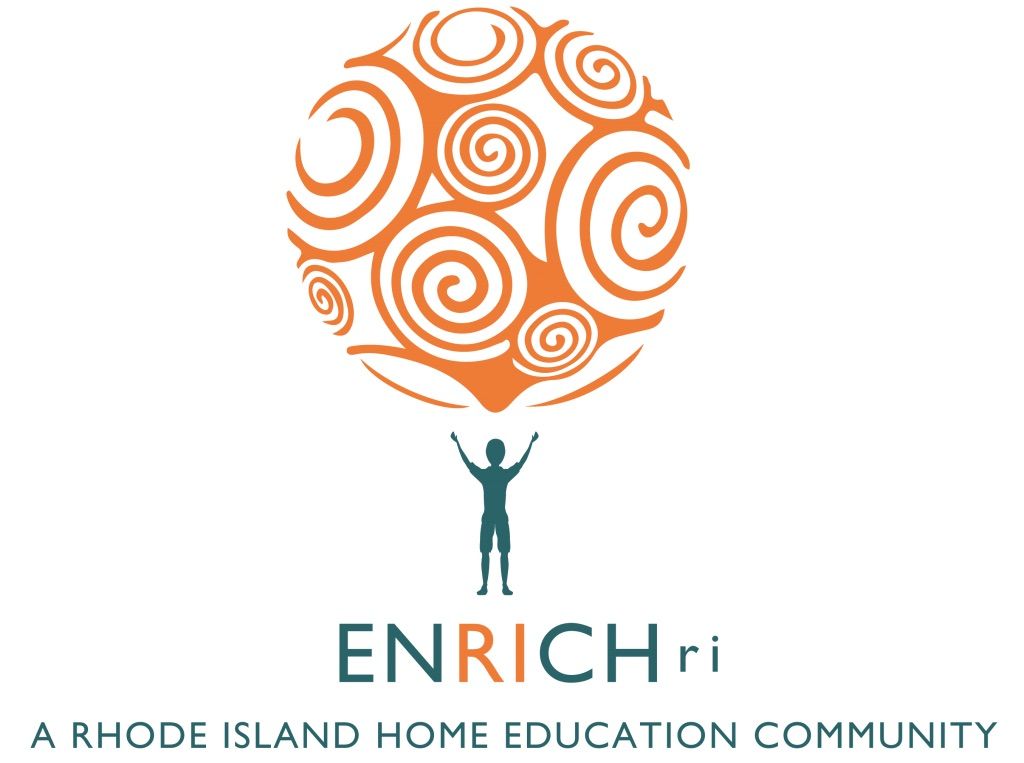ENRICHri’s 2021-2022 Inclusivity Initiatives Explained
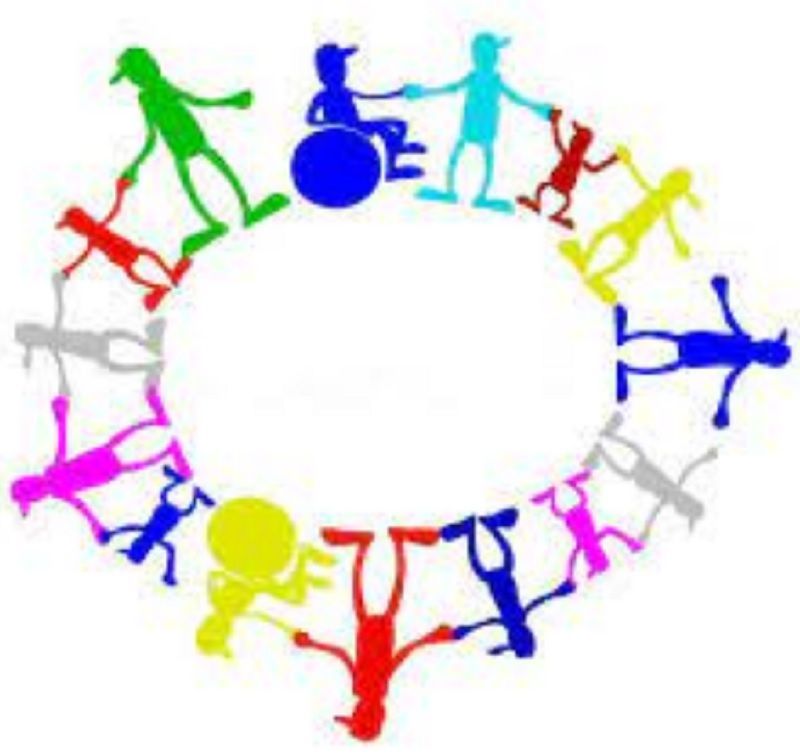
As an organization ENRICHri recognizes that to be truly inclusive our members need to feel seen and valued. With over 400 families in our community we also recognize that inclusivity must include a wide range of diverse experiences – our families cover the spectrum of race, sexuality, gender, religion, family make-up, economic status, educational choice, and physical and mental capabilities. We define inclusiveness as welcoming all. We believe that we can all respect each other regardless of our backgrounds and experiences and we will not tolerate actions, behaviors, or statements that harm anyone.
In this spirit this year, our board, decided upon three inclusivity initiatives to focus on:
- Using gender neutral language,
- Identifying and addressing microaggressions, and
- Welcoming and supporting neurodiversity.
To put this into action we created a workshop for our leadership and volunteers to share information and practical tips on all three of these topics. The feedback we have received has been overwhelmingly positive and we are seeing changes within our community towards an even more welcoming and respectful community!
We have also received questions about what these initiatives mean so I would like to share a brief overview of each one and what it looks like in practice in our community. I will also share the expert videos that we have utilized in our workshop as their voices are so much more powerful than mine!
Using Gender Neutral Language
Feeling seen and valued for our LGBTQ+ members can mean not making assumptions about gender and using language that respects their experience. In practice, this looks like:
- asking our volunteers to use the names/pronouns that kids and families request and making sure that this is a welcoming/respectful environment for that,
- using other methods other than gender to separate kids into groups (ex, favorite ice cream flavors, colors, summer vs winter, etc), and using gender neutral terms such as “kids” instead of “boys and girls” when addressing groups.
Identifying and Addressing Microaggressions
Many members of our community have been subjected to microaggressions, everyday remarks, actions or behaviors that are based in bias towards historically marginalized groups. Microaggressions cut across race, gender, sexual orientation, socioeconomic background, nationality, religion, and disability. They are subtle and can be intentional or unintentional. Identifying microaggressions and addressing them within our community looks like:
- Being aware of comments and chatter that is occurring at our activities and classes,
- Addressing microaggressions when they are heard through an honest, direct, and compassionate conversation with the people involved,
- Checking in with targeted kids and families,
- Not singling out children or families to speak for an entire group, and
- Acknowledging our mistakes and apologizing.
Welcoming and Supporting Neurodiversity
Neurodiversity is a common reason to homeschool and ENRICHri has a multitude of neurodiverse families who have chosen to change the learning environment to fit their child rather than trying to have their child fit into an environment that doesn’t suit them. Ensuring those kids and families feel welcome and supported looks like:
- Reaching out to caregivers ahead of programs to understand how to make it the best experience possible for their child,
- Using different learning methodologies to engage kids,
- Recognizing strengths and giving alternative ways to complete tasks,
- Allowing and encouraging for movement and/or alternative seating,
- Setting clear expectations and guidelines at the beginning of activities.
Written by: Alyssa Crowder
Share Article
